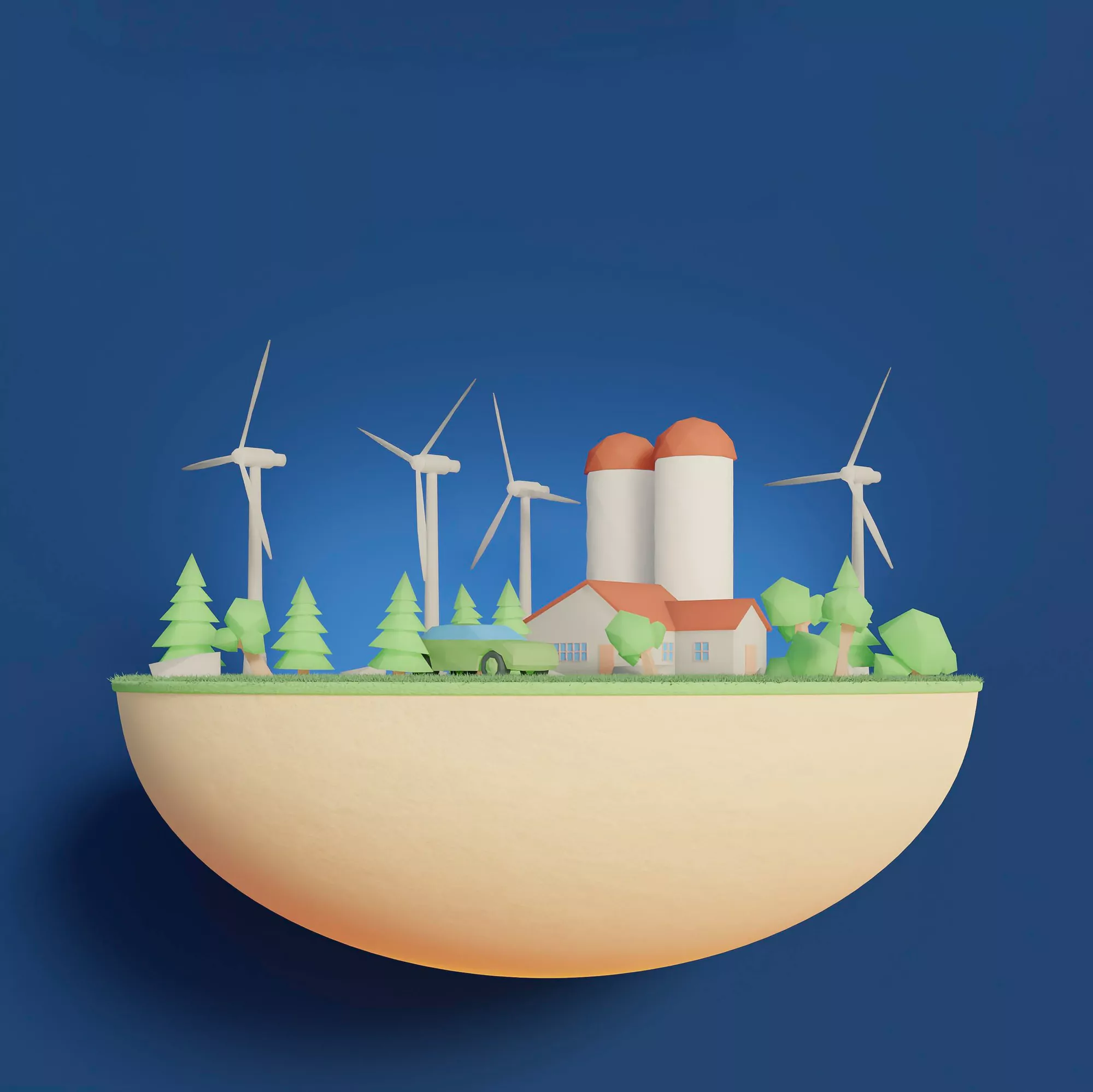Keywords
1. Anaerobic Digestion
2. Biohydrogen Production
3. Agricultural Waste
4. Renewable Energy
5. Two-stage Anaerobic Digestion
Introduction
In a landmark study published on January 26, 2024, in Environmental Research, a team of researchers from the Department of Biotechnology at the University of Verona has shed light on the untapped potential of anaerobic digestion of straw residues for hydrogen and methane production. At the forefront of renewable energy research, this work promises to shape the direction of sustainable fuel generation. The study (DOI: 10.1016/j.envres.2024.118101) explores the efficiency of a two-stage anaerobic digestion process using spent mushroom beds, composed predominantly of wheat straw.
Background
Straw, an abundant agricultural residue amounting to 156 million tonnes per year, has traditionally been managed through methods like uncontrolled soil disposal, landfilling, incineration, or composting. The study by Bertasini et al. marks a significant step in addressing the management of such waste by converting it into valuable energy resources, essentially providing a dual benefit of waste disposal and energy production.
Conversely, Europe’s pressing need for sustainable energy is well-documented, with around 20,000 anaerobic digestion plants in operation, 71% of which utilize agro-waste feedstock. This research proposes an upgrade of these facilities to incorporate the production of both hydrogen and methane, which could exponentially boost the continent’s renewable energy capabilities while simultaneously contributing to the reduction of its carbon footprint.
The Research
The research involved semi-continuous experiments that evaluated the impact of hydraulic retention times (HRT) on the production of hydrogen and volatile fatty acids from the anaerobic digestion of agricultural lignocellulosic byproducts. The team, constituted of Bertasini Davide, Battista Federico, Mancini Rosa, Frison Nicola, and Bolzonella David, reassuringly concluded that this innovative process is indeed feasible, even with lignocellulosic substrates like straw.
Key Findings
The study revealed that the optimal HRT for the maximization of volatile fatty acids production was 4.0 days, yielding an impressive 17.09 grams of CODVFAs per KgVS per day. On the other hand, an HRT of 6.0 days was identified as the sweet spot for hydrogen production, achieving 7.98 liters of hydrogen per day.
Implications of the Research
The results signify a breakthrough in green energy generation. Biomethane enriched with hydrogen, as produced by the process detailed in the research, has the potential to replace natural gas in existing grids. This not only aids in the decarbonization of the energy sector but also offers a viable solution to managing agricultural waste more effectively.
Moreover, the study highlights the economic benefits – translating agricultural waste into energy could open up new markets and opportunities for farmers and energy producers alike. It could also lead to increased energy security by reducing reliance on fossil fuels.
On the Ground: The University of Verona and Their Contribution to Renewable Energy
The Department of Biotechnology at the University of Verona is not new to such influential studies. This latest research underpins the institution’s commitment to pioneering environmentally sustainable practices and technologies. The team’s dedication is evident through their meticulous approach, delving into the process’s viability on an industrial scale, and addressing the chemical intricacies vital for optimizing the process.
Stakeholder Responses and Ethical Considerations
In light of potential financial interests, Federico Battista has disclosed that financial support for the research was provided by the National Institute for Insurance against Accidents at Work. Transparency around such matters is crucial for maintaining the integrity of scientific research. The remaining authors have declared no competing financial interests or personal relationships that could appear to influence the work reported.
The Future of Renewable Energy
The findings of this research pave the way for an energy revolution. Implementing the two-stage anaerobic digestion process in existing plants across Europe, and globally, would significantly contribute to meeting renewable energy targets, reducing greenhouse gas emissions, and addressing waste management issues.
Conclusion
The groundbreaking research of Bertasini Davide and colleagues opens new horizons in the field of renewable energy. By turning wheat straw – a once troublesome agricultural byproduct – into a source of biohydrogen and biomethane, the study steps away from conventional management practices and moves towards a future where energy is sourced sustainably and waste is utilized resourcefully.
References
1. Bertasini, D., Battista, F., Mancini, R., Frison, N., & Bolzonella, D. (2024). Hydrogen and methane production through two-stage anaerobic digestion of straw residues. Environmental Research, 247, 118101. DOI: 10.1016/j.envres.2024.118101
2. Weiland, P. (2010). Biogas production: current state and perspectives. Applied Microbiology and Biotechnology, 85(4), 849-860.
3. Kothari, R., Pandey, A. K., Kumar, S., Tyagi, V. V., & Tyagi, S. K. (2014). Different aspects of dry anaerobic digestion for bio-energy: An overview. Renewable and Sustainable Energy Reviews, 39, 174-195.
4. Deublein, D., & Steinhauser, A. (2011). Biogas from waste and renewable resources: an introduction. Wiley-VCH.
5. Nizami, A. S., Korres, N. E., & Murphy, J. D. (2009). Review of the integrated process for the production of grass biomethane. Environmental Science & Technology, 43(22), 8496-8508.
